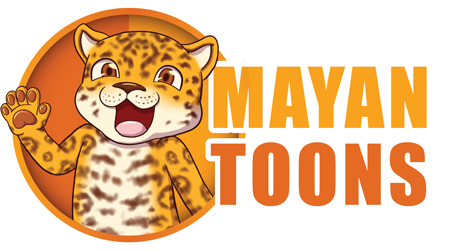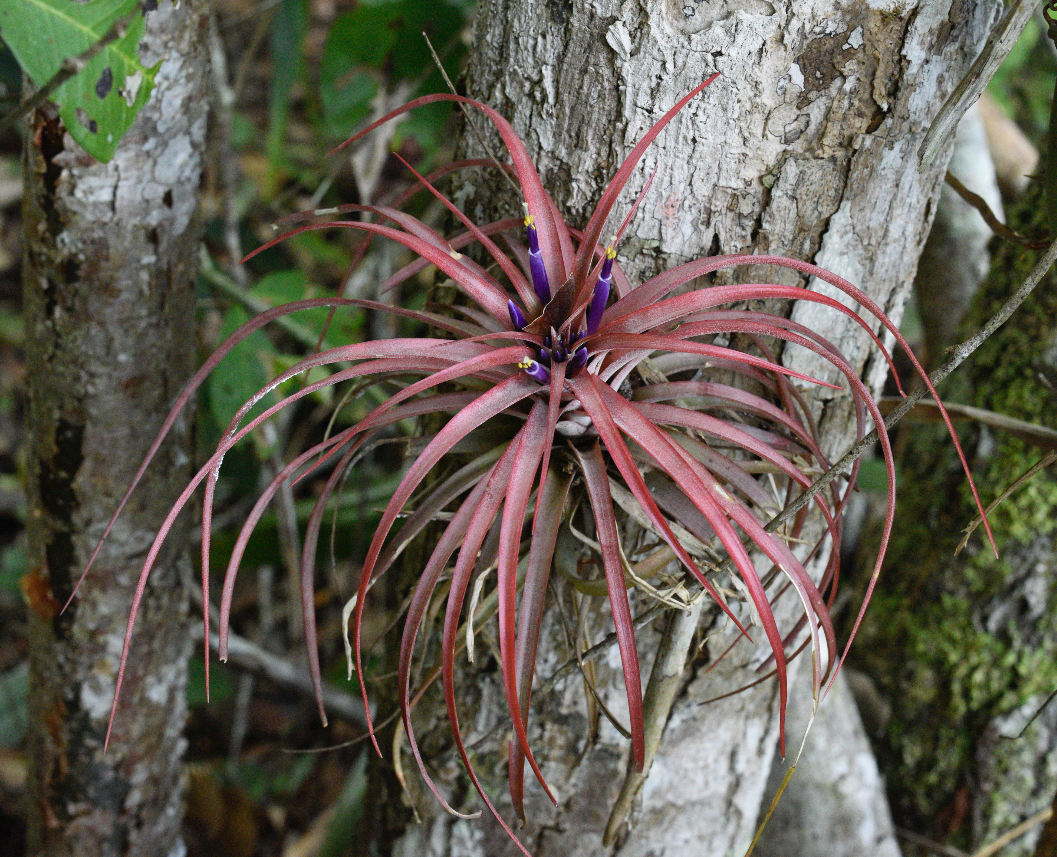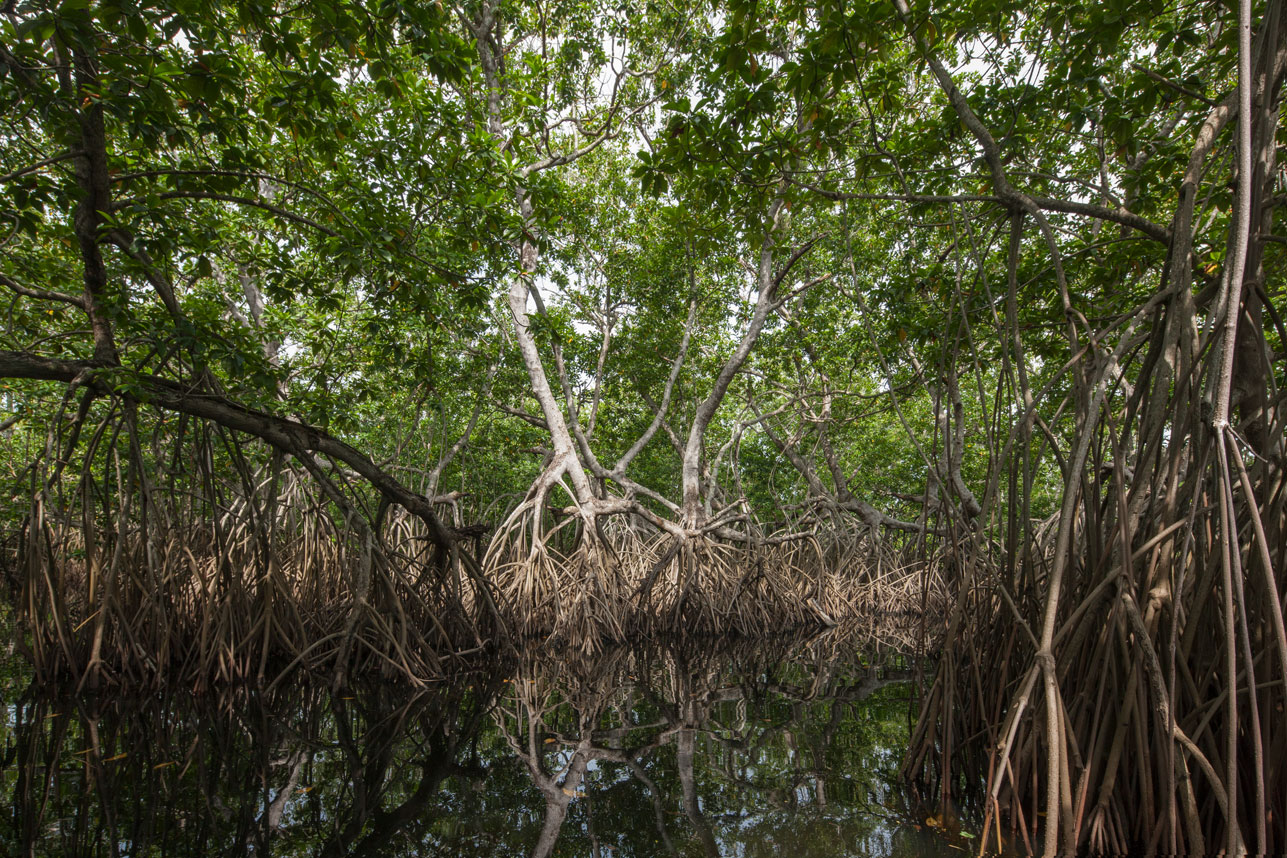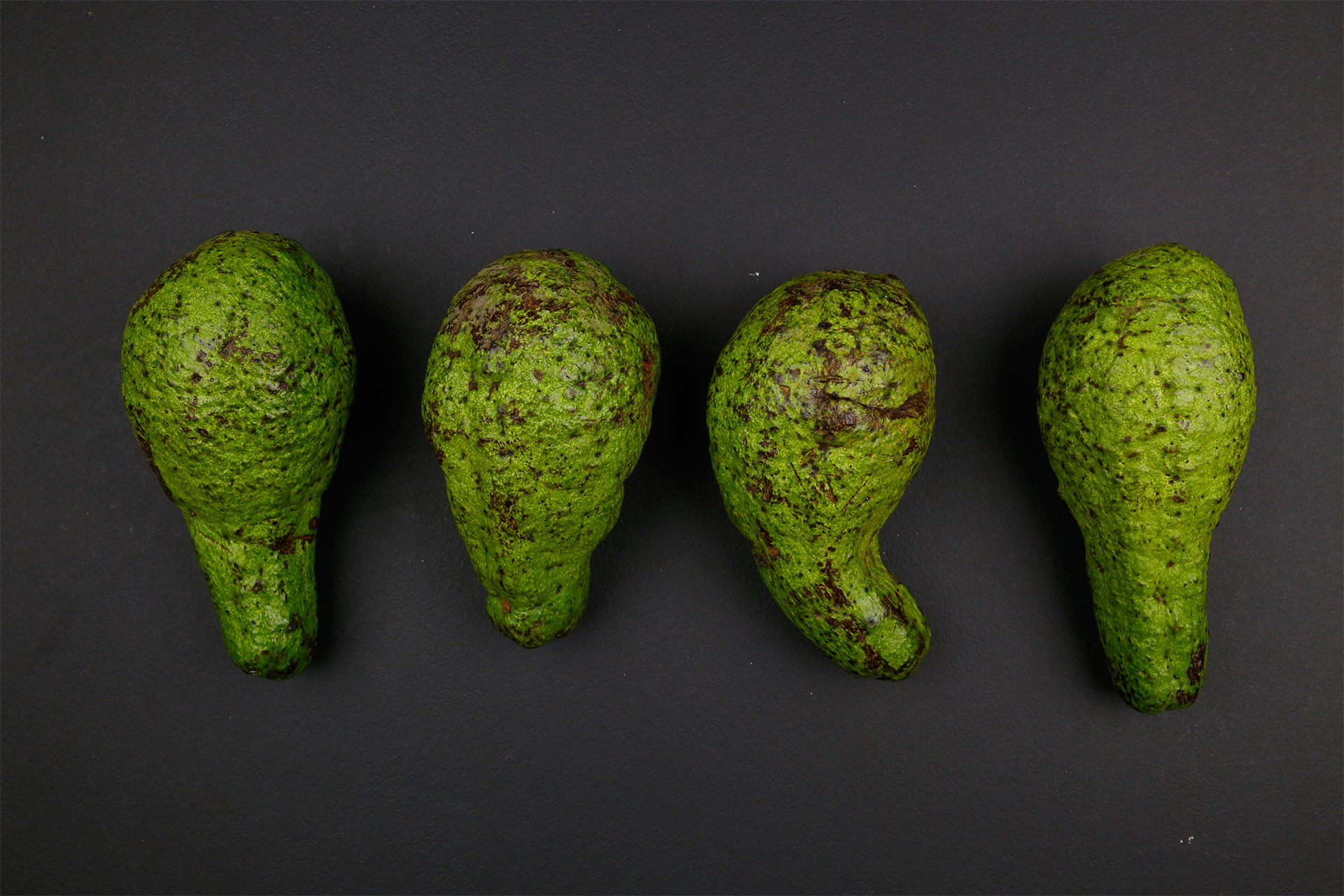How to learn about Ipomoea alba, moonflower, used to vulcanize rubber
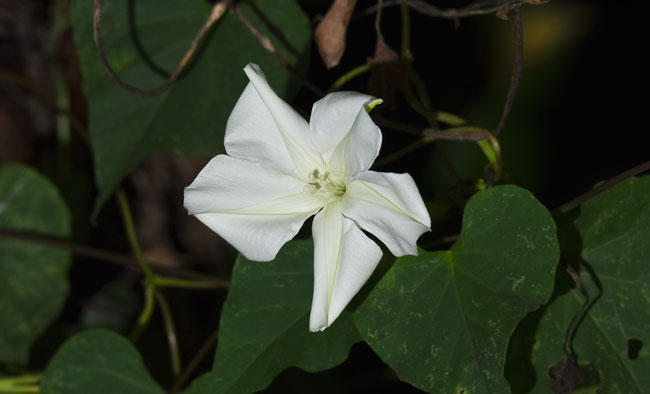
Much to our surprise, Ipomoea alba, Moonflower, is also a medicinal plant. I hope it is included in books on Mayan medicinal plants, but I bet it is missing from many of them.
My personal experience with Ipomea alba, Moonflower
Years ago I was aware that Ipomea alba was the flower whose vine was used to provide an ingredient which resulted in vulcanizing latex from the native Maya rubber tree: Castilla elastica. But I was not familiar with this flower in-person until mid-2015.
I had been asking the student botanists who work for FLAAR to help me find specimens of Ipomoea alba wherever it was native: out in the remote areas. I was also asking our plant scouts to find this Ipomoea alba in the far away areas where their families life. Plant scouts are local Mayan-speaking people who know all the plants of their area of the country. But months went by and we did not have access to any Moonflower plant.
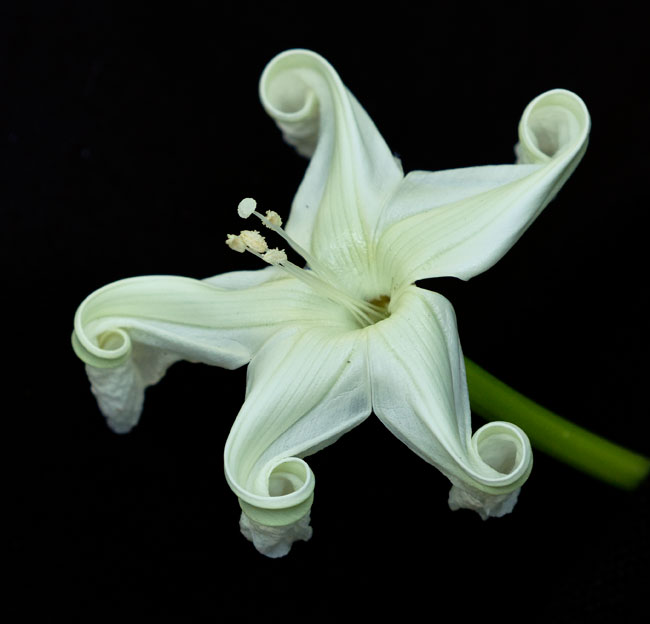
Taking photos at the studio. This pictures was taken on our headquarters on Guatemala.
One day in the garden surrounding my office I noticed a white flower; it looked like a normal morning glory. But the student botanical assistant quickly identified it as Ipomea alba. What a pleasant surprise, since this turns out to be precisely the most important vine plant for the Classic Maya ballgames.
Ironic, after having written 10 reports on the rubber ballgames of the Maya and Aztec in the 1990’s, after decades of studying the ballgame paraphernalia of the Classic Veracruz of El Tajin (Mexico), and after so many years studying hachas, yokes, and occasionally palmas from the Costa Sur area of Guatemala, it turns out that the primary chemical ingredient for rubber was growing in my own garden.
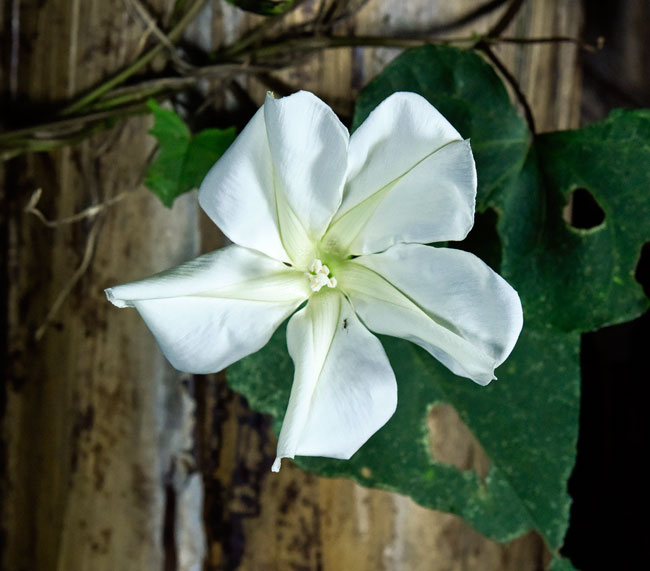
Ipomoea alba flower, Moonflower, FLAAR Mayan Ethnobotanical Garden, Guatemala, Central America.
I assume that on a field trip a previous year or so that I had noticed morning glories along the road and had stopped to get a sample to bring back to the garden. Once I noticed that we had the plant, I went out the next morning to check on the flowers. After all, Ipomoea is the genus with dozens of species of Morning Glory flowers. These come in many colors all over the Americas. There are about 28 species listed for Mexico (Diaz 2009:42) and our team has found mention of way more than minimally 32 species for Guatemala. We are now doing research to prepare an itemized tabulation of species in both these countries, plus Belize and Honduras.
It took a day or so to realize that the flower did not open in the morning, it withered in the morning. The flower did not (normally) open at night, it opened in the early evening, more or less at nightfall.
And most remarkable of all, it opened in a split second: POP, Bam, totally open.
So I decided to do stop-action photography (this is higher resolution than video). Now, today, we have been doing stop-action photography of between 18 and 20 different flowers. We know pretty much what the opening sequence is. Plus we have learned that on a night that is really really cold, the flower opens more slowly, and one opened during the day, not at night (however this was a day of a full moon, plus the fluorescent lighting used to illuminate the flower to make photography realistic at high resolution).
But in these six months I have learned a lot about the flowering and seed production of Ipomoea alba. Yes, I read every peer-reviewed journal and monograph that I can find. But many of the standard statements about this flower are not always precisely what our flower is doing. We will discuss the behavior of our plant in our Mayan ethnobotany web site as soon as time and funding allow.
